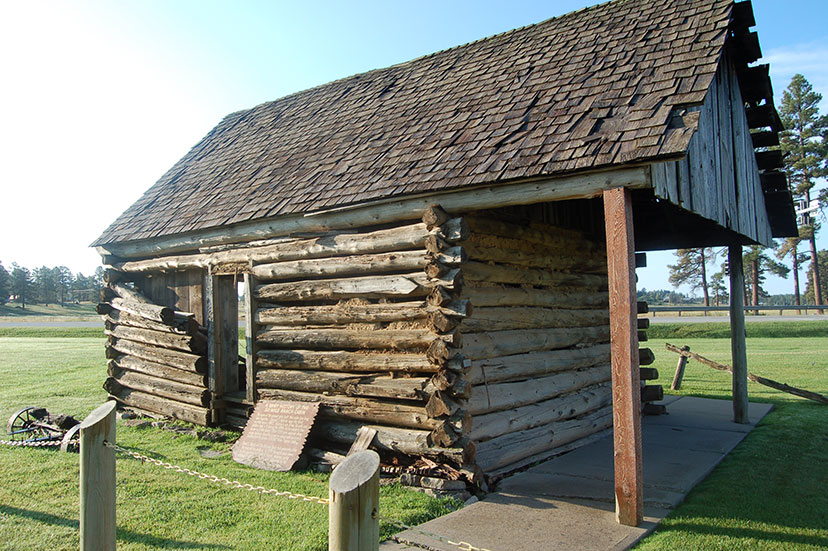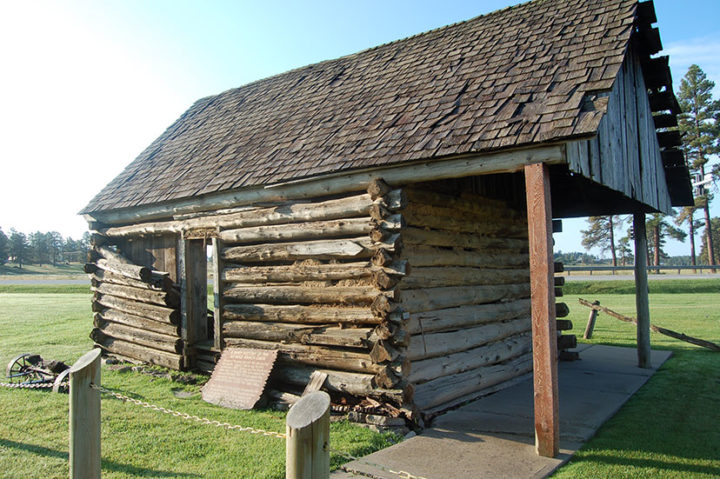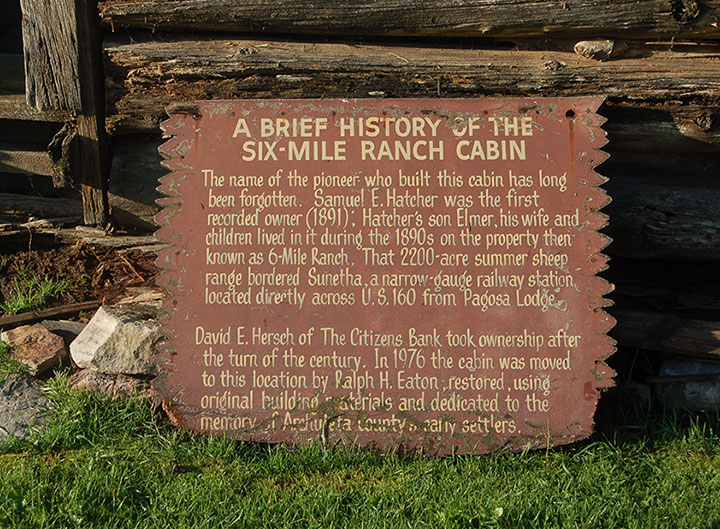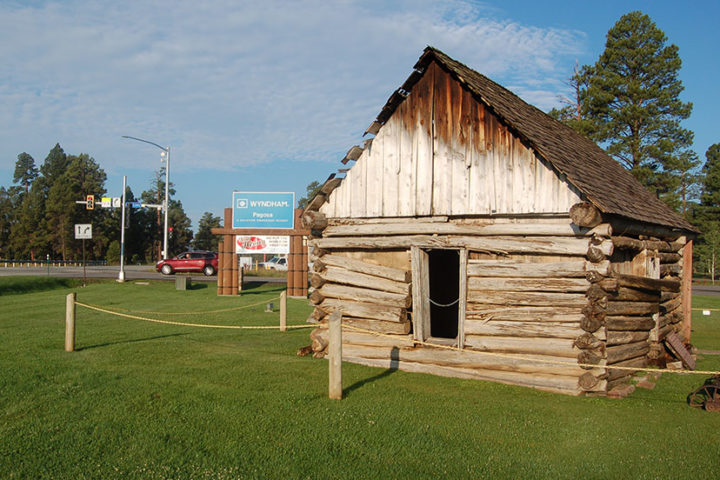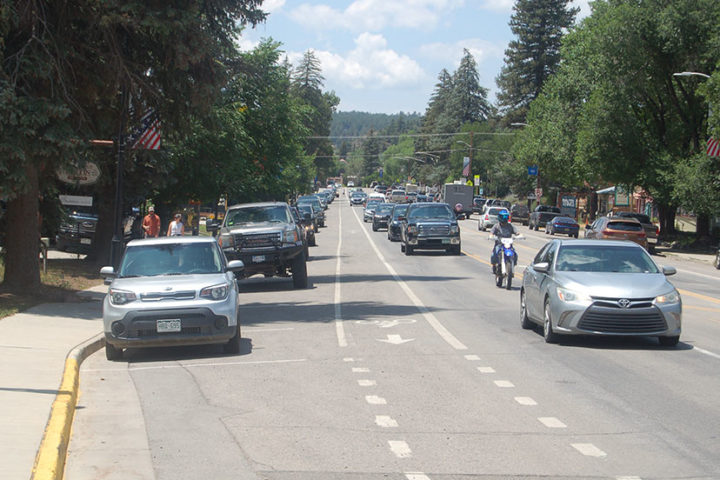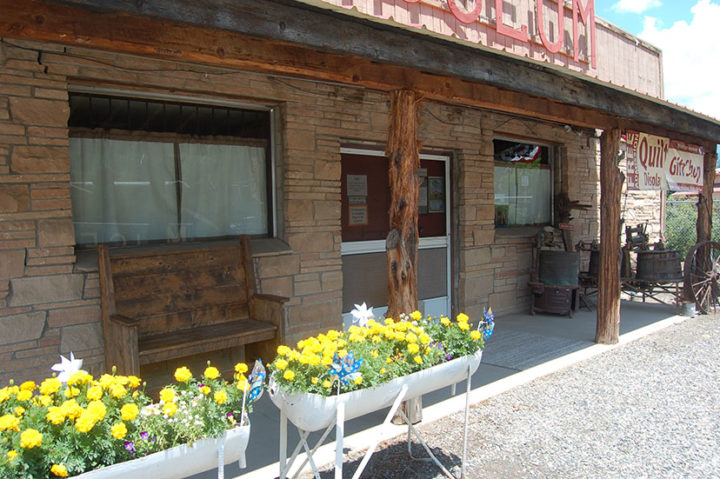Full-time residents who haven’t yet taken a few minutes to respond to the Pagosa Housing Partners Residential Housing Survey can click here to participate.
The 23-question survey, co-sponsored by the Town of Pagosa Springs, the Pagosa Springs Chamber of Commerce, the Pagosa Springs SUN and the Pagosa Daily Post, is confidential (no identifying information such as your name or email address is asked for) and takes about 6 minutes to complete.
This editorial series has been focused on the the correlation between the growth of Pagosa’s tourism industry and the worsening housing crisis in the community. We are in general agreement on those two events. Pagosa tourism has skyrocketed since 2019. The cost of housing has also skyrocketed during the same period.
Many people believe the correlation is incidental — that the growth of tourism has had only minor impacts on housing availability.
Others believe the impact of tourism on the housing situation has been significant.
The simple fact is, we will never know which belief is more accurate. We have neither the resources, nor the know-how, to develop a definitive, fool-proof answer. The question will remain unanswered. All we can do, is act on merely suggestive, inconclusive evidence.
On Saturday, when I was shooting the photo I used yesterday in Part Six, I noted that the resort is trying to hire employees.
As I took the photo, I was standing near an old log cabin that sits on the grounds of the Wyndham Resort, at the corner of Highway 160 and Pinon Causeway. According to a sign that leans against the cabin’s deteriorating exterior wall, this modest dwelling once served as the home of the Hatcher family, when it was located on a 2200-acre sheep farm known as 6-Mile Ranch. The cabin was relocated to the current location in 1976 by Ralph Eaton, the lead developer of what is now 21 square miles of subdivisions belonging to the Pagosa Lakes Property Owners Association.
Apparently, Elmer Hatcher and his wife and children — two children? three children? — lived in this 12 foot by 24 foot foot cabin for a certain number of years. Less than 300 square feet of living space. Four people? Five people?
We celebrate this cabin, and the family that had the grit and the fortitude to live this way during the early days of Pagosa’s history. We celebrate the idea that these early pioneers had a roof over their heads, however modest.
I live now in a family house with five people, but it’s nearly eight times the size of the Hatcher cabin. Are we happier than the Hatchers were? I wonder.
Currently, it is against the law, in Pagosa, to construct and live in a 280-square-foot dwelling. According to municipal regulations, a dwelling must measure at least 400 square feet. There is a good reason why this rule exists. The community and its leadership fear that small, very modest houses would be occupied by individuals or families similar to the Hatchers. By people with very little in the way of money and possessions. By people who might be classified as “impoverished”.
We have tried our level best to keep Pagosa’s poverty out of the public eye. Perhaps we fear the tourists will judge our community? Maybe, they would think this isn’t a fancy resort community?
Instead of allowing small houses, and small apartments, we currently expect our employees to live in their vehicles, or in tents, or in RVs, while we spend millions of dollars to invite tourists to come visit. Hopefully, the work force will live far from downtown… in Aspen Springs, or in the national forest, or hidden in the trees somewhere. Somewhere the tourists can’t see them.
But we also hope these same workers will happily come into town, and staff our restaurants, and clean our vacation rentals…
The following day, Sunday, I was waiting to cross Highway 160, at the 1st Street intersection, watching a seemingly endless line of vehicles driving past the Pagosa Springs History Museum.
I waited for about two minutes, until one of the tourists slowed down, to allow me to cross the street.
As I approached the Museum, I wondered why — with all the traffic in town — none of the tourists were pulling into the Museum parking lot. Then it struck me; the Museum is closed on Sunday.
Some might wonder why a museum would be closed on a Sunday, when weekends are some of our busiest tourism days in Pagosa. But that’s the kind of thing we love about this town. Life here constantly challenges the idea of “common sense”.
Instead of visiting the Museum as I had planned, I took a couple of photos outside.
One picture captured an ancient wood-and-iron washing machine that sits outside the entry doors. I am guessing this machine dates from the early 1900s?
Earlier this month, the Pagosa Springs Area Tourism Board had discussed the idea of contributing some portion of their $1 million in annual revenue to help address Pagosa’s housing crisis, and nearly all of the Board members rejected the idea. As far as I know, the Tourism Board has yet to direct any of its revenue towards addressing the work force housing crisis.
Then, the Board took up the next item on their agenda: contributing $10,000 to the Pagosa Springs History Museum. The motion passed unanimously, but with a caveat. The Museum must install a large and very visible “Open” sign, to encourage tourists to visit.
I had come, on Sunday, hoping to make a photographic record of this large and very visible “Open” sign. But it was not on display.
Because, of course, the Museum was not open.
While it’s hard to question financial support for Pagosa’s only local museum, it’s easy to wonder about the priorities of a tax-funded Board that will happily subsidize tourists attractions — while expecting the people, who work in the tourism industry, to live in vehicles, or tents.

